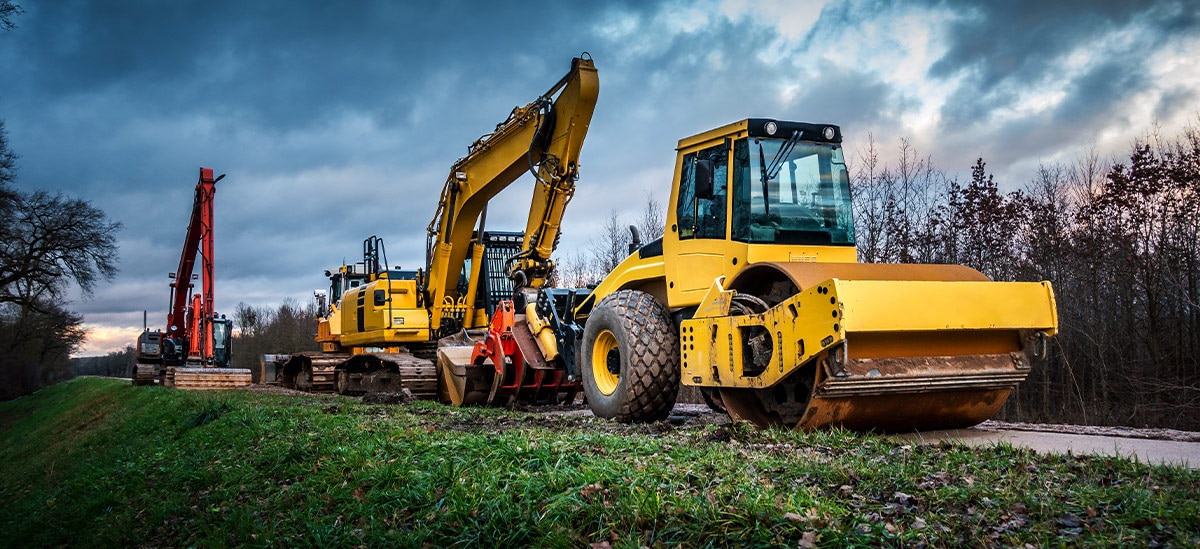
Equipment plays an important role in a company's success, and capital expenditure (CapEx) financing can help control infrastructure costs, optimize working capital, and harness tax benefits. CapEx financing of equipment also provides companies with the option to record investment costs on their balance sheet rather than expense them directly.
Recent updates to tax policy have left many companies wondering about the changing benefits of CapEx financing and the impact those changes could have on company planning in 2024 and beyond.
CapEx Financing Options
Some companies purchase equipment using cash, their existing bank line of credit, or a traditional term loan. CapEx financing, however, gives borrowers other options for structuring purchases. These options include:
- Loans with balloon payments, to facilitate the deferment of purchase costs.
- Loans with interest-only periods, which can provide for low initial payments. This can be particularly useful for businesses with limited cash flow or tight budgets.
- 100% financing, which can eliminate down payments on equipment purchases.
If the financed CapEx purchases significantly increase the asset's value, financing can improve the loan-to-value ratio — potentially unlocking more favorable terms.
Benefits of Equipment Leasing
Maximizing the availability of working capital and maintaining healthy cash flow are critical when it comes to CapEx financing. Many businesses prefer equipment leasing over ownership, as it allows them to obtain the equipment they need within tight budgetary parameters. Fixed-rate leases, for example, can be structured with flexible payment options that lower borrowing costs compared to conventional loans. With pre-determined terms and interest rates, fixed-rate leases also can help to preserve working capital and improve credit utilization. These leases provide predictable costs and stability, allowing businesses to concentrate on core operations.
Using a lease to fully fund equipment also can free up cash for strategic reinvestment in other areas, such as research and development, marketing, or technology. The use and allocation of tax benefits — including expensing and deprecation — are additional benefits of equipment leasing.
Leasing provides a viable alternative to locking up capital in a new equipment purchase. The finance provider invests in the depreciating asset, offering cash flow and budget flexibility for the lessee to invest in other activities, with potentially higher returns.
Tax-Related Considerations
Tax benefits are another reason companies embrace CapEx equipment financing. However, two of the tax benefits enacted as part of the Tax Cuts and Jobs Act (TCJA) of 2017 are being phased out:
- Full Expensing: Beginning in 2023, the ability to fully expense and deduct 100% of the cost of qualifying equipment immediately was reduced to 80%. The remaining deductions are now set to phase out each year, decreasing by 20% per year over the next three years.
- Bonus Depreciation Sunset: The tax benefit that allowed for 100% bonus depreciation for specific new and used equipment is also being phased out. It dropped to 80% in 2023, and is scheduled to go to 60% in 2024, 40% in 2025, 20% in 2026 and finally zero in 2027.
While two of the TCJA benefits are ending, three other important aspects remain unchanged, as of January 2024:
- Section 179 Expensing: TCJA increased the maximum deduction for qualified assets to $1 million, and increased the phase-out threshold to $2.5 million.
- Interest Deduction Limitation: TCJA limited the business interest deduction for expenses related to equipment financing to 30% of taxable income.
- R&D Expense Deduction: The ability to fully deduct research & development expenses in the year incurred was also eliminated by the TCJA. This change took effect in 2022, requiring R&D costs to be amortized over five years.
In addition to benefits offered through the TCJA, the Inflation Reduction Act (IRA) of 2022 added new support for equipment financing. Specifically, the IRA includes tax credits and incentives for the financing of clean energy equipment, such as solar panels and energy-efficient machinery. It also allocates billions of dollars to loan-guarantee programs supporting clean energy projects.
The IRA also allows for accelerated depreciation deductions for certain clean energy equipment, reducing taxable income and improving cash flow for businesses investing in qualifying equipment.
Choosing the Right Partner
Equipment financing solutions for new equipment and existing assets can have a positive impact on cash flow and liquidity. In today's dynamic market, CapEx equipment financing can be invaluable in improving a company’s return on investment.
Visit pnc.com/ef or contact us to learn how an experienced lender who understands CapEx financing can help with your equipment financing needs.
Sources
https://tax.thomsonreuters.com/en/glossary/bonus-depreciation
https://pro.bloombergtax.com/brief/rd-tax-credit-and-deducting-rd-expenditures/
https://www.energy.gov/lpo/inflation-reduction-act-2022




